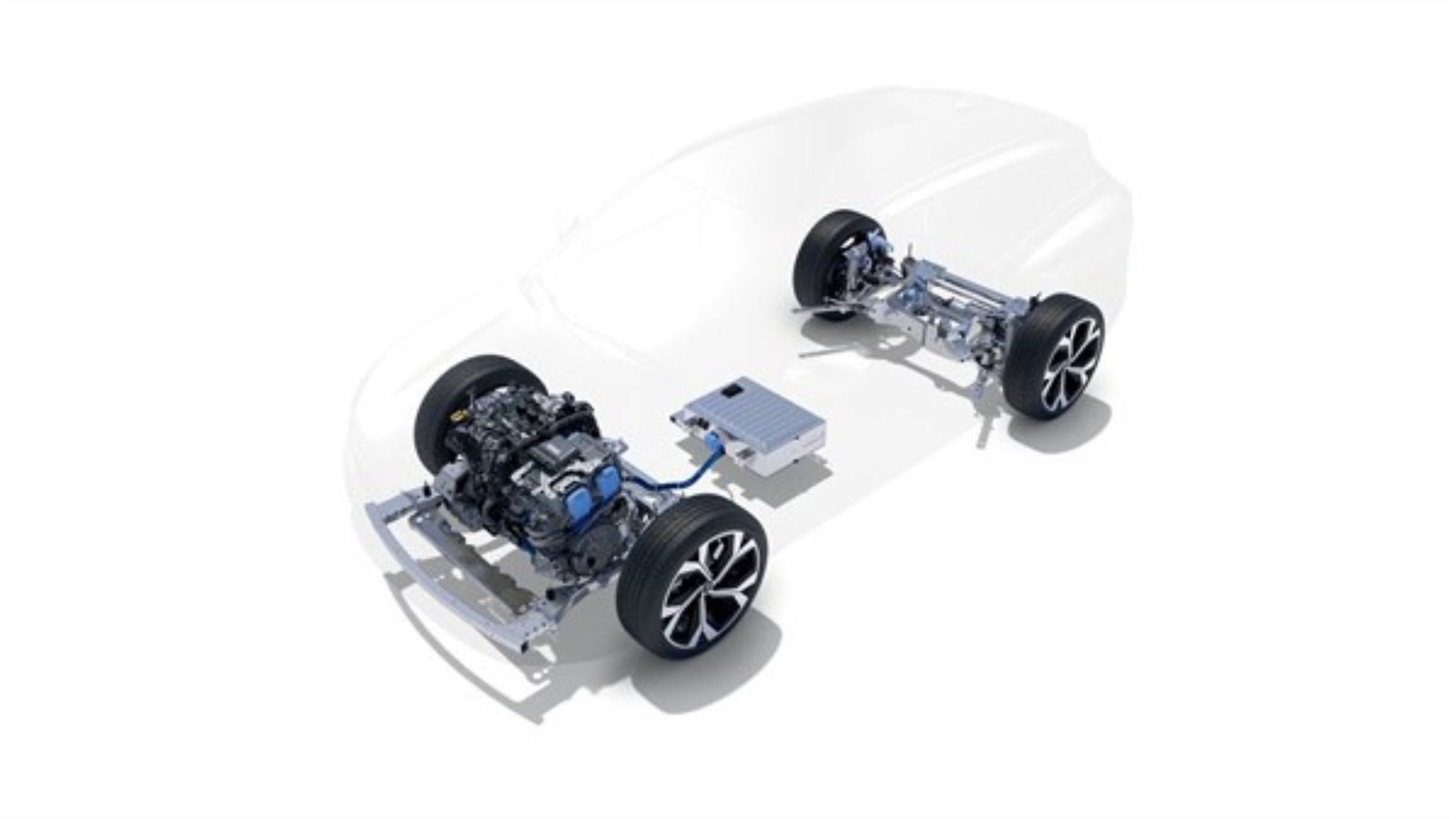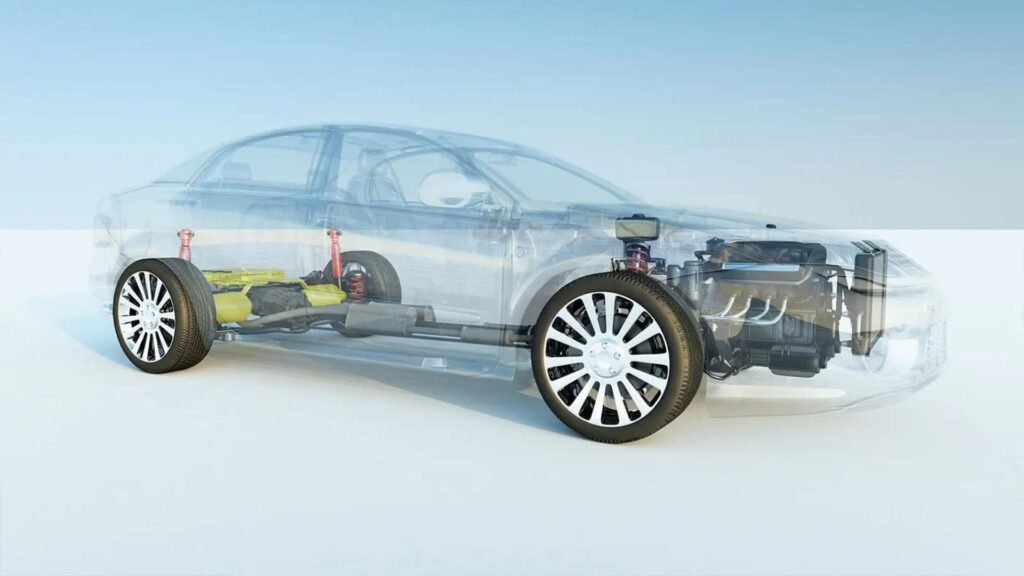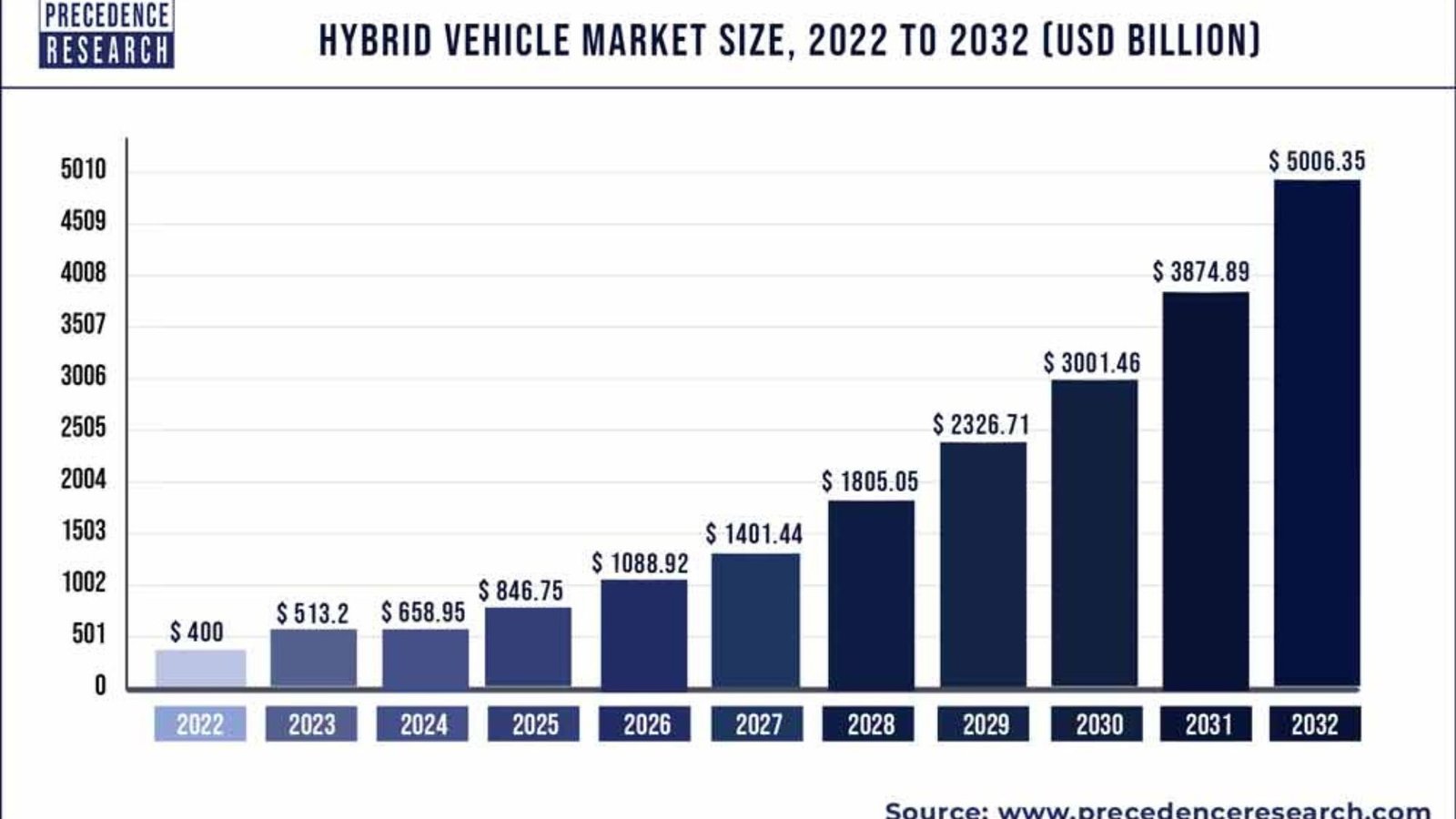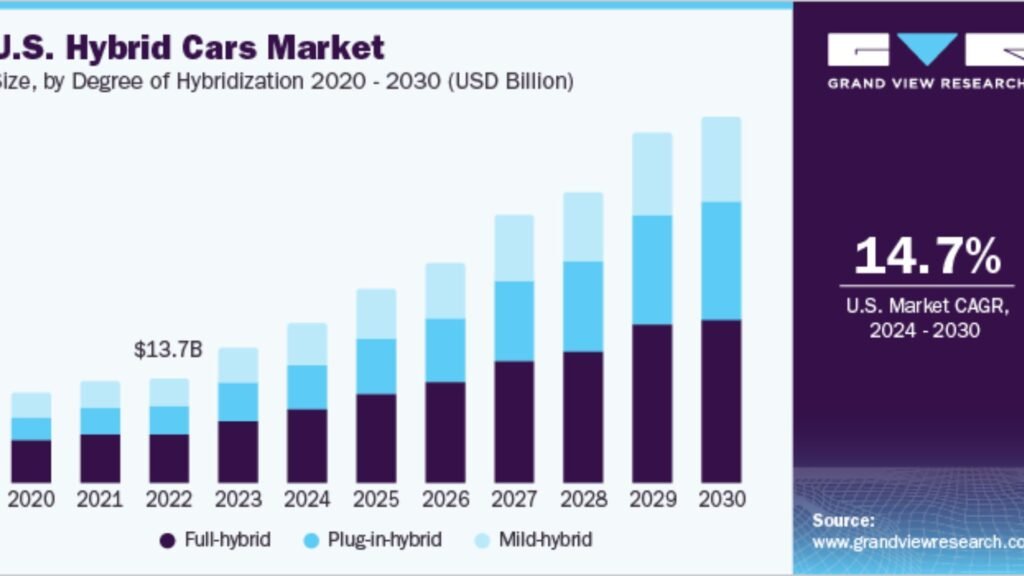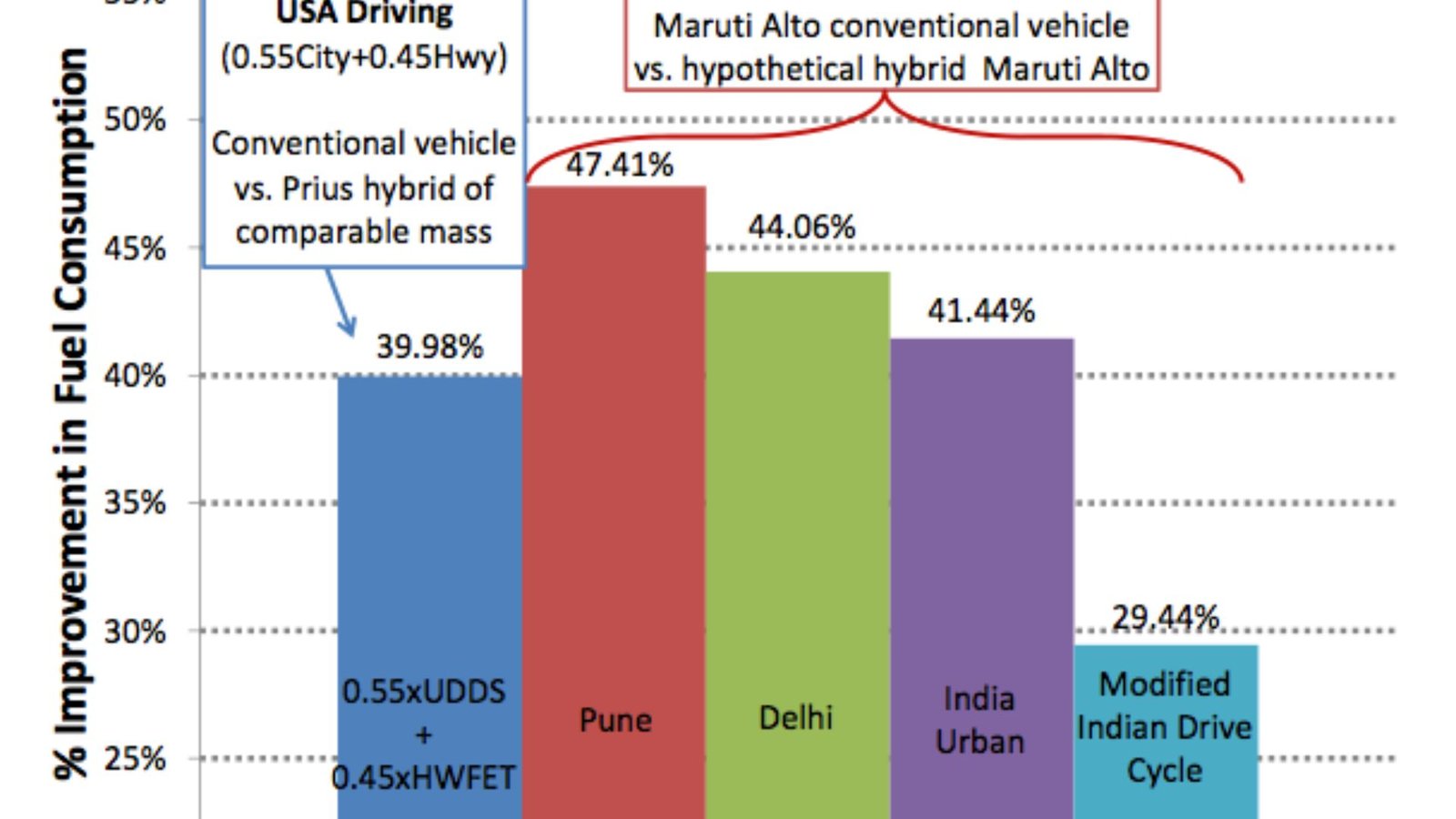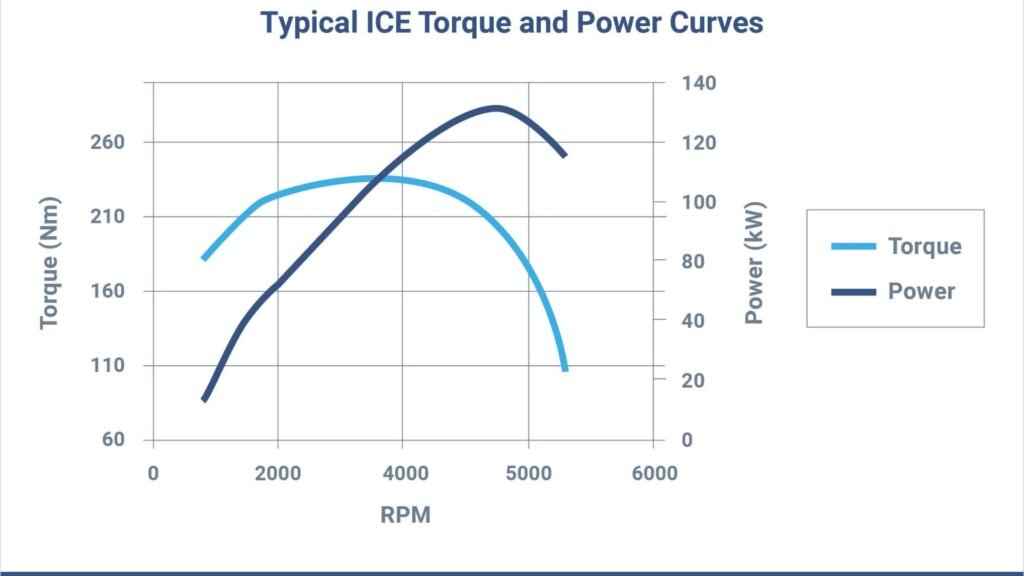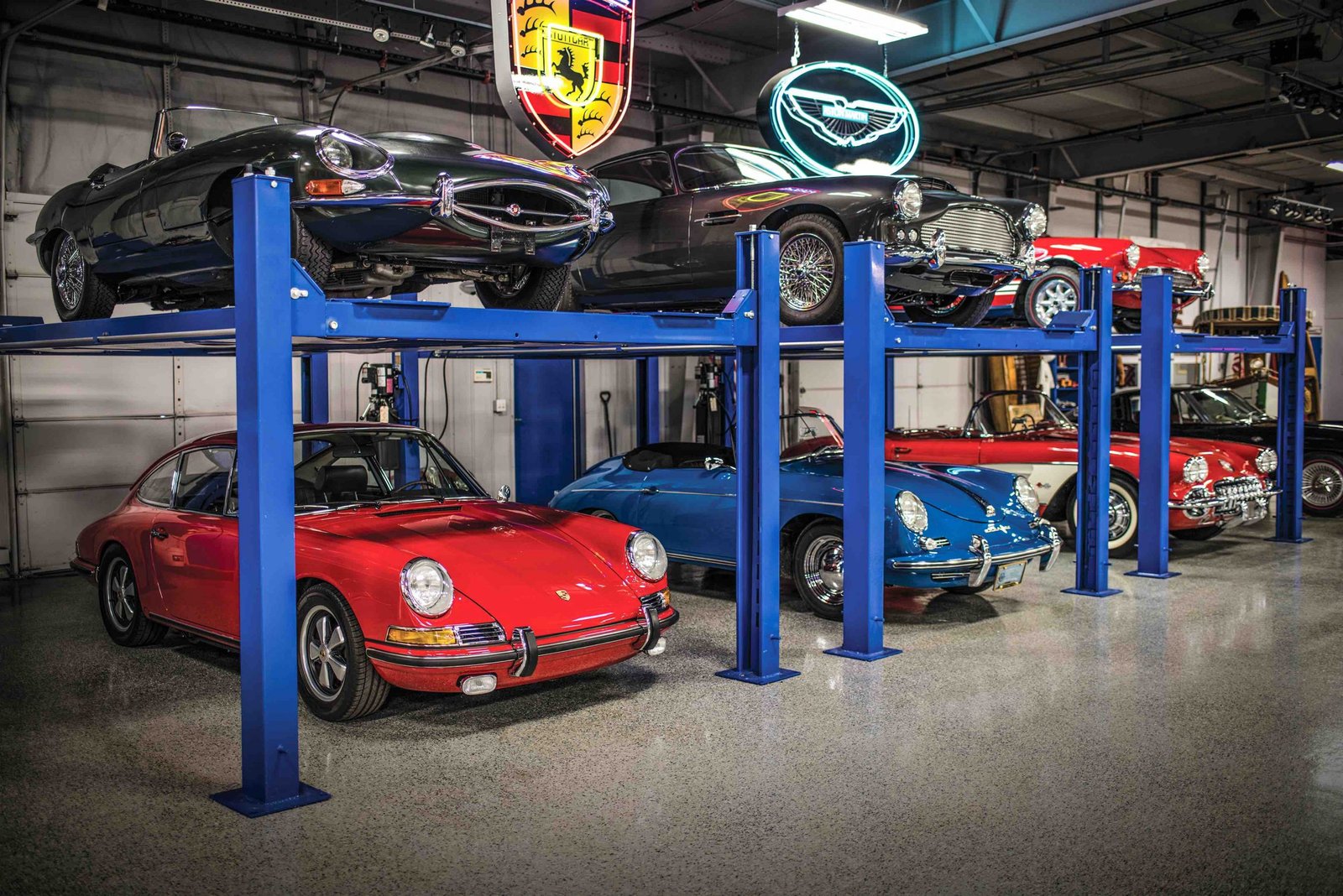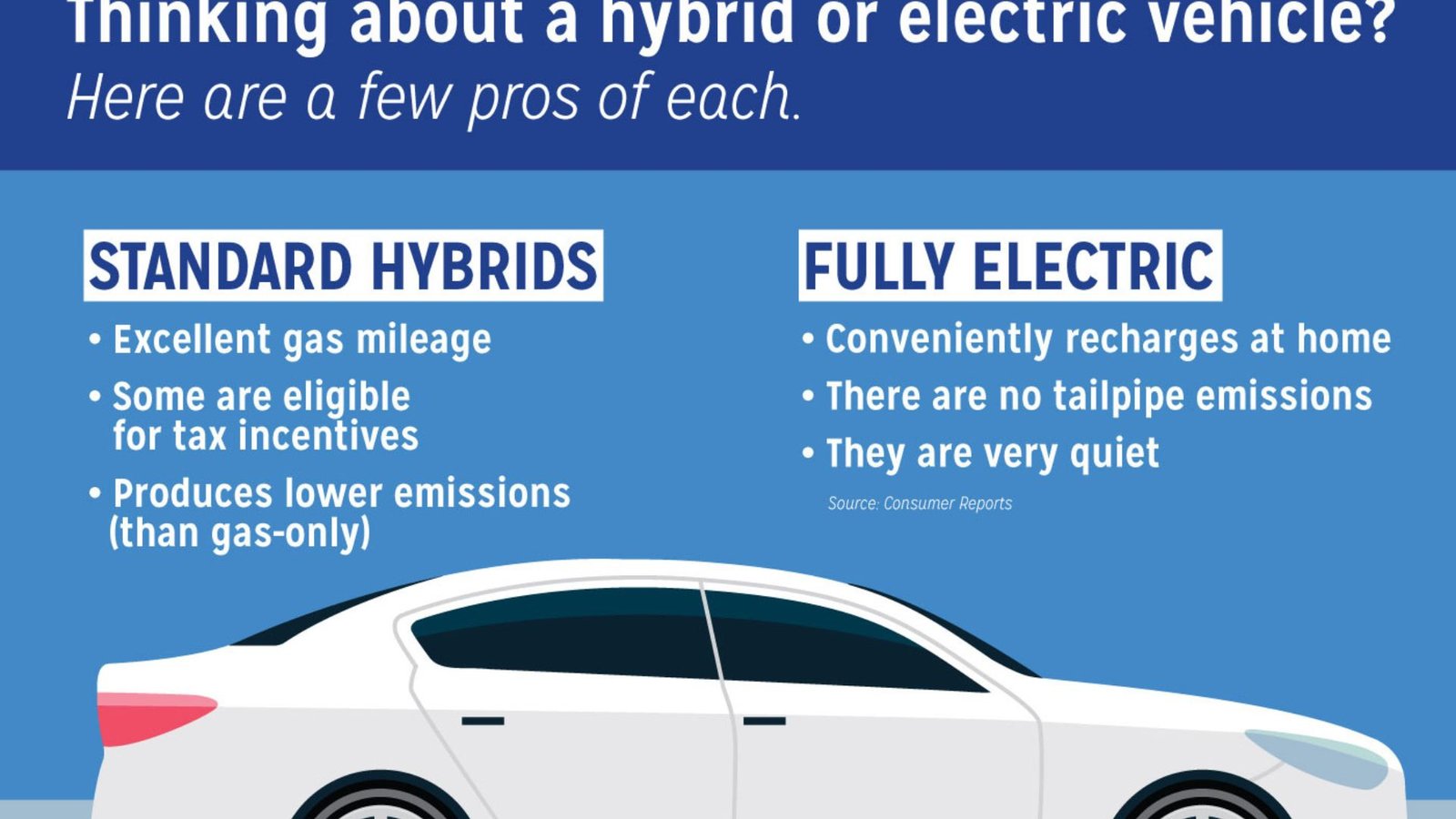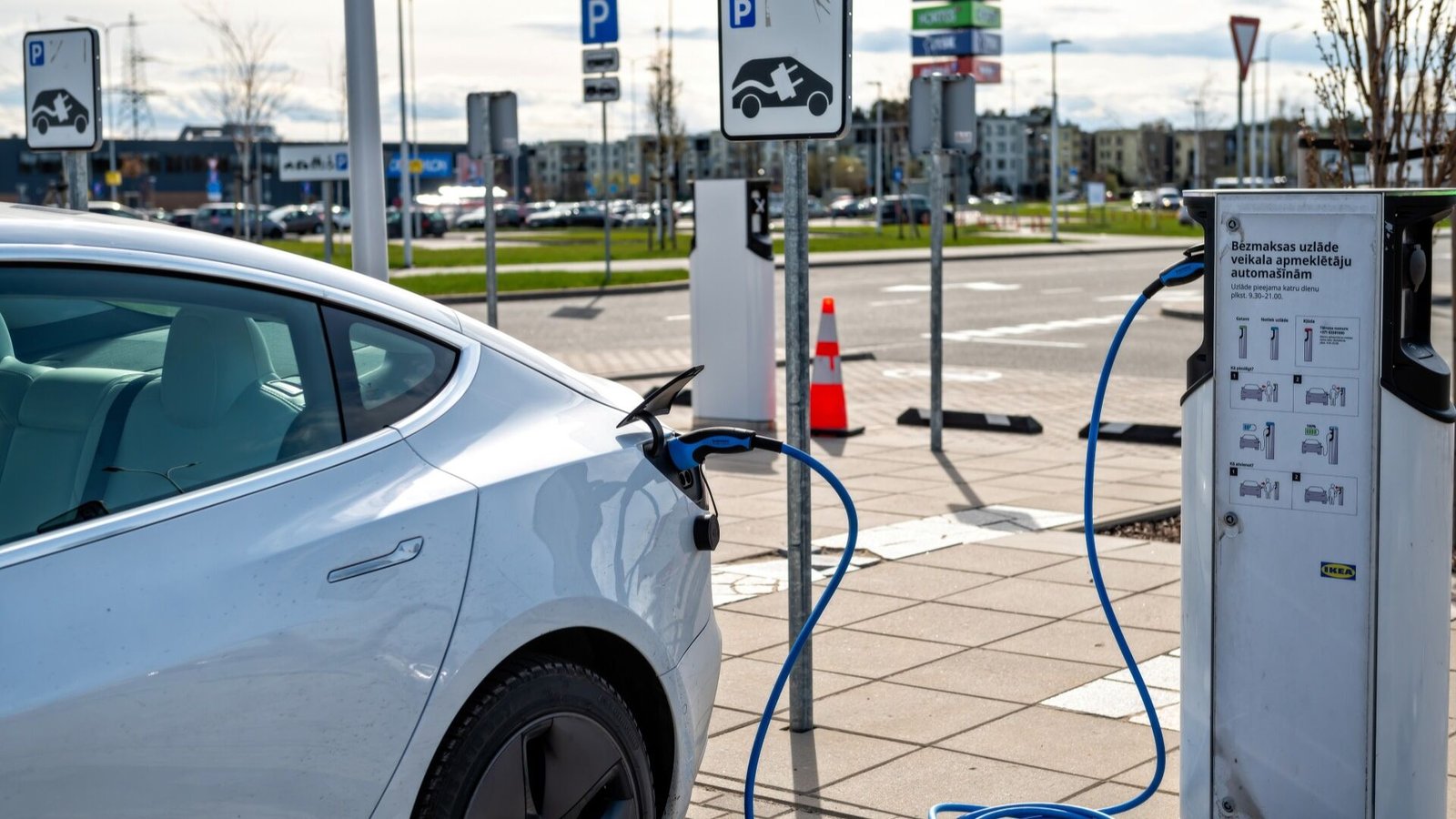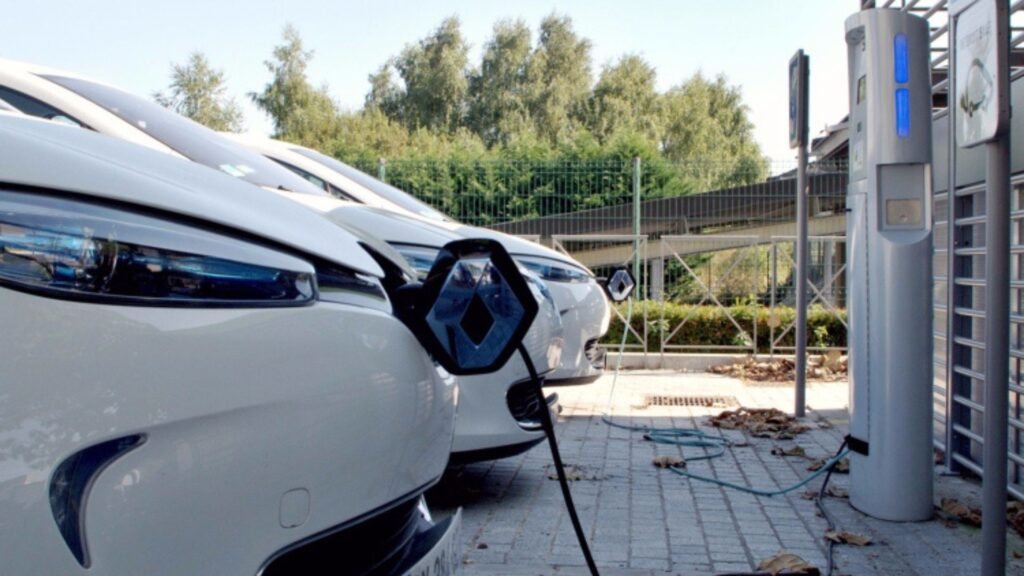Analysis of Hybrid Vehicles Cost Savings
Hybrid vehicles have gained popularity not only for their environmental benefits but also for their potential cost savings. By combining a traditional internal combustion engine with electric propulsion, hybrids offer several ways to reduce overall expenses. In this post, we will analyze the cost savings associated with hybrid vehicles, focusing on fuel efficiency, maintenance, and government incentives.
1. Fuel Efficiency: Significant Savings at the Pump
Higher Miles Per Gallon
One of the most immediate cost savings with hybrid vehicles comes from their superior fuel efficiency. Hybrids generally achieve higher miles per gallon (MPG) compared to conventional gasoline-powered vehicles. This efficiency results from the hybrid system’s ability to use electric power during low-speed driving and assist the internal combustion engine during acceleration.
Reduced Fuel Consumption
With hybrids consuming less fuel, drivers can expect to spend significantly less on gasoline. For example, a hybrid vehicle that gets 50 MPG compared to a traditional car that gets 25 MPG will halve fuel costs. Over time, these savings can add up, particularly for drivers with long commutes or frequent road trips.
2. Lower Maintenance Costs: Fewer Repairs and Longer Lifespan
Reduced Wear and Tear
Hybrid vehicles often have lower maintenance costs due to reduced wear and tear on the internal combustion engine. The electric motor handles many of the low-speed driving demands, which decreases the engine’s workload and extends its lifespan. This can lead to fewer repairs and less frequent oil changes.
Regenerative Braking Benefits
Regenerative braking, a feature in hybrid vehicles, captures energy during braking and recharges the battery. This system reduces the strain on traditional braking components, such as the brake pads and rotors. As a result, drivers may experience longer intervals between brake replacements and lower overall maintenance costs.
3. Battery Costs: Understanding the Investment
Battery Replacement Considerations
While hybrid vehicles offer lower maintenance costs overall, battery replacement can be a significant expense. Hybrid batteries, such as lithium-ion or nickel-metal hydride, may need replacement after several years of use. However, advancements in battery technology and warranties provided by manufacturers help mitigate these costs.
Warranty and Longevity
Many hybrid vehicles come with warranties that cover the battery for an extended period, often between 8 to 10 years. This warranty can alleviate concerns about battery replacement costs. Additionally, improvements in battery technology are leading to longer-lasting batteries, further reducing long-term expenses.
4. Government Incentives: Financial Benefits for Buyers
Tax Credits and Rebates
Governments often provide financial incentives to encourage the adoption of hybrid vehicles. These incentives can include tax credits, rebates, and other benefits that reduce the upfront cost of purchasing a hybrid. For example, federal tax credits can amount to several thousand dollars, significantly offsetting the initial purchase price.
State and Local Incentives
In addition to federal incentives, many states and local governments offer their own incentives for hybrid vehicle buyers. These may include additional tax credits, rebates, access to carpool lanes, or reduced registration fees. By taking advantage of these incentives, buyers can further lower their overall expenses.
5. Insurance Costs: Potential Savings
Lower Insurance Premiums
Hybrid vehicles can sometimes qualify for lower insurance premiums. Insurance companies may offer discounts for hybrid vehicles due to their advanced safety features and reduced risk of accidents. Additionally, hybrids’ lower repair costs, thanks to fewer traditional engine components, can contribute to lower insurance rates.
Comparing Insurance Rates
It is advisable for prospective hybrid vehicle buyers to compare insurance rates from different providers. While some insurers offer discounts, rates can vary based on the vehicle model, location, and individual driving history. Shopping around for insurance can help maximize savings.
6. Resale Value: Long-Term Financial Considerations
Higher Resale Value
Hybrid vehicles often retain higher resale value compared to conventional vehicles. The increasing demand for fuel-efficient and environmentally friendly cars contributes to better resale values. Buyers looking to sell their hybrid vehicles in the future may find that they can command a higher price, further enhancing overall cost savings.
Market Trends
Market trends indicate a growing interest in hybrid and electric vehicles. As the automotive industry continues to shift towards greener technologies, hybrids are likely to remain desirable in the used car market. This trend supports the potential for higher resale values and long-term financial benefits.
7. Overall Financial Impact: Weighing the Benefits
Total Cost of Ownership
When evaluating the cost savings of hybrid vehicles, it is essential to consider the total cost of ownership. This includes fuel savings, maintenance costs, battery replacement, government incentives, insurance, and resale value. By assessing these factors, buyers can determine the overall financial benefits of owning a hybrid vehicle.
Making an Informed Decision
Understanding the cost savings associated with hybrid vehicles helps buyers make informed decisions. Hybrid vehicles offer several financial advantages, from reduced fuel consumption and lower maintenance costs to potential government incentives and higher resale values. By analyzing these factors, buyers can appreciate the long-term financial benefits of hybrid ownership.
Conclusion
In conclusion, hybrid vehicles offer substantial cost savings through enhanced fuel efficiency, lower maintenance costs, and government incentives. While battery replacement and insurance costs should be considered, the overall financial benefits of owning a hybrid vehicle make it a compelling choice for many drivers. By evaluating these factors, prospective buyers can make informed decisions and enjoy the financial advantages of hybrid technology.



